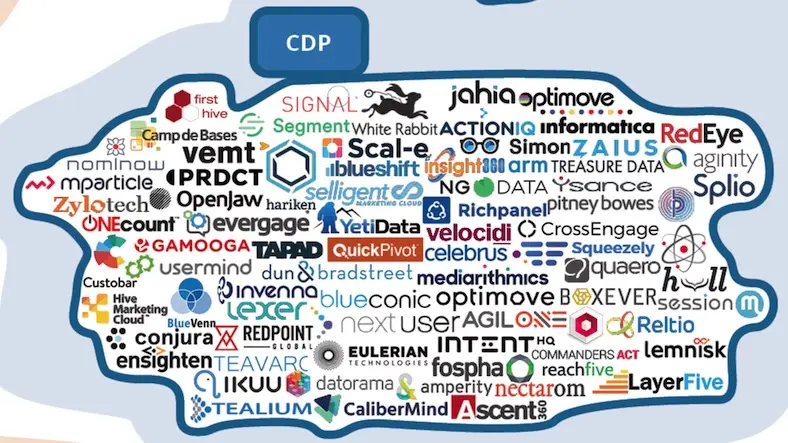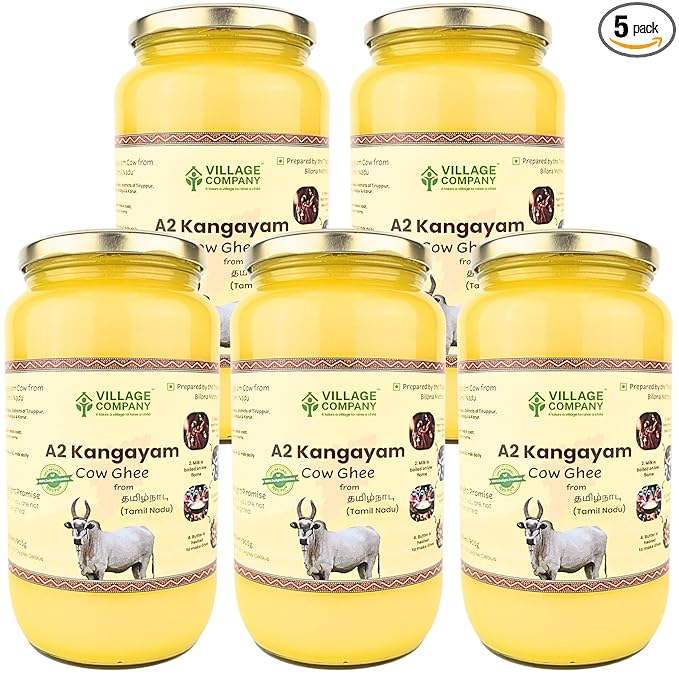Customer Data Platform (CDP) is a sophisticated software system that aggregates and manages customer data across various touchpoints and channels. Its primary purpose is to create a unified and comprehensive view of individual customers or segments of customers. This centralized data is then made accessible to other systems and tools for marketing, analytics and customer engagement.
Key features which are included in a CDP are:
- Data Collection
- Data Integration
- Data Cleansing and Enrichment
- Customer Profile Creation
- Real-time Data Processing
- Data Privacy and Compliance
- Data Activation
- Analytics and Reporting
Primarily the objective of a CDP is to provide a 360-degree view of the customer, allowing businesses to better understand, target and engage with their audience. This, in turn, can lead to more effective marketing campaigns, improved customer experiences and ultimately, increased customer satisfaction and loyalty.
There are many CDP providers in the market and some popular ones include Segment, Tealium, Adobe Customer Journey Analytics and Salesforce Customer 360.
When you are choosing a CDP for your business, it's important to consider the following factors
- Data Integration Capabilities: Look for a CDP that can seamlessly integrate with your existing systems and data sources, such as CRM, email marketing, website, mobile apps and more.
- Data Cleansing and Enrichment: The CDP should have robust features for cleaning and enriching customer data. This ensures that the information is accurate, up-to-date and relevant.
- Real-time Processing: Depending on your business needs, you might require a CDP that can process data in real-time for immediate responses and personalization.
- Scalability: Ensure that the CDP can handle the volume of data your business generates and anticipates growth in the future.
- Data Privacy and Compliance: Look for a CDP that offers robust security features and ensures compliance with data privacy regulations like GDPR or CCPA.
- User Interface and Ease of Use: A user-friendly interface is essential for easy adoption and efficient use by your team.
- Customer Segmentation and Personalization: The CDP should allow you to create customer segments and enable personalized marketing efforts.
- Analytics and Reporting: It should offer robust analytics and reporting tools to help you derive actionable insights from customer data.
- Cost and ROI: Consider the pricing structure of the CDP and evaluate whether the investment aligns with the value it brings to your business.
Here are some of the leading Customer Data Platform (CDP) providers known for their robust features and capabilities.
- Segment by Twilio: Segment is known for its powerful data integration and analytics capabilities. It allows businesses to collect, clean and unify customer data from various sources.
- Tealium: Tealium provides a comprehensive platform for customer data orchestration. It focuses on unifying data and enabling real-time personalization and marketing automation.
- Adobe Experience Platform: Adobe's CDP is a part of their broader Experience Cloud. It offers robust data management, analytics and personalization capabilities.
- Salesforce Customer 360: Salesforce's CDP is integrated with their CRM platform, providing a unified view of customer data and enabling personalized customer experiences.
- Oracle CX Unity: Oracle's CDP is part of their Customer Experience (CX) suite. It focuses on unifying customer data and enabling personalized marketing and customer service.
- BlueConic: BlueConic is known for its customer data activation capabilities, allowing businesses to segment and target customers with personalized messaging.
- Optimizely (formerly Zaius): Optimizely is a CDP that focuses on customer lifecycle marketing, enabling businesses to create personalized experiences at every stage of the customer journey.
- Exponea: Exponea offers a CDP with advanced analytics and personalization features. It aims to help businesses drive customer-centric marketing strategies.
In conclusion, a Customer Data Platform (CDP) is a powerful tool that empowers businesses to harness the full potential of their customer data. By aggregating, unifying and centralizing data from various sources, a CDP provides a comprehensive view of individual customers or segments. This unified data serves as a foundation for personalized marketing efforts, improved customer experiences and data-driven decision-making.
Key benefits of a CDP include enhanced customer segmentation, real-time data processing, improved data quality and compliance with data privacy regulations. It enables businesses to deliver targeted and relevant messages, ultimately driving customer engagement and loyalty.
Selecting the right CDP for a business involves careful consideration of factors like data integration capabilities, scalability, compliance features and ease of use. It's crucial to choose a CDP that aligns with the specific needs, industry and technical infrastructure of the business.
Ultimately, a well-implemented CDP can play a pivotal role in a company's marketing and customer experience strategies, helping it stay competitive and responsive to the ever-evolving demands of the market.
Thanks for reading the article, for more Science and Technology related articles read and subscribe to peoples blog articles.















